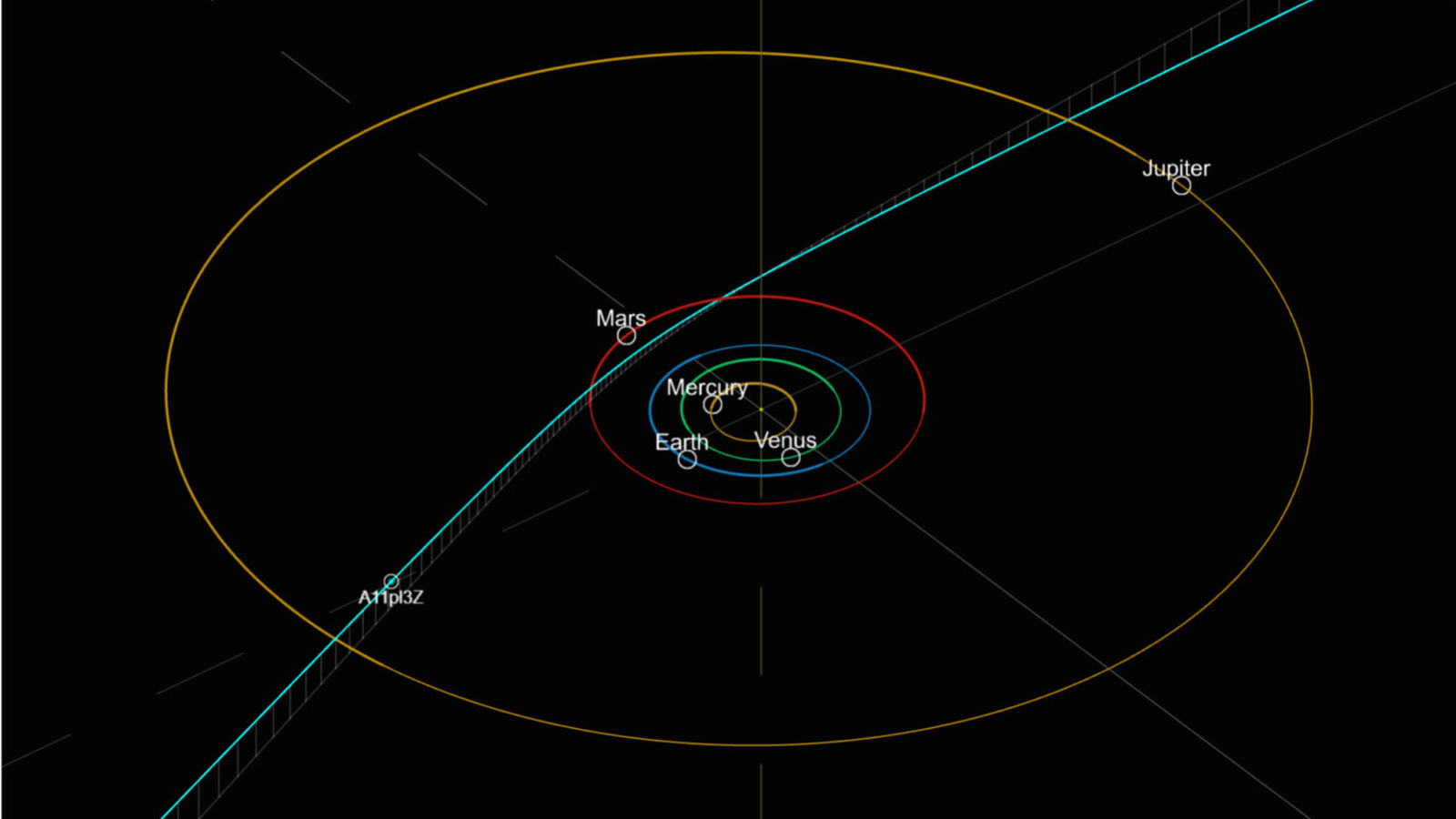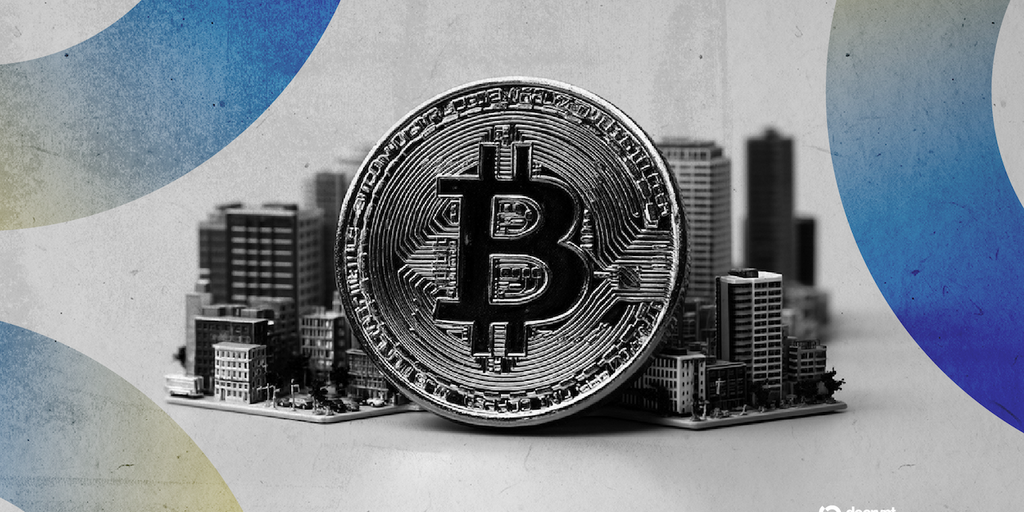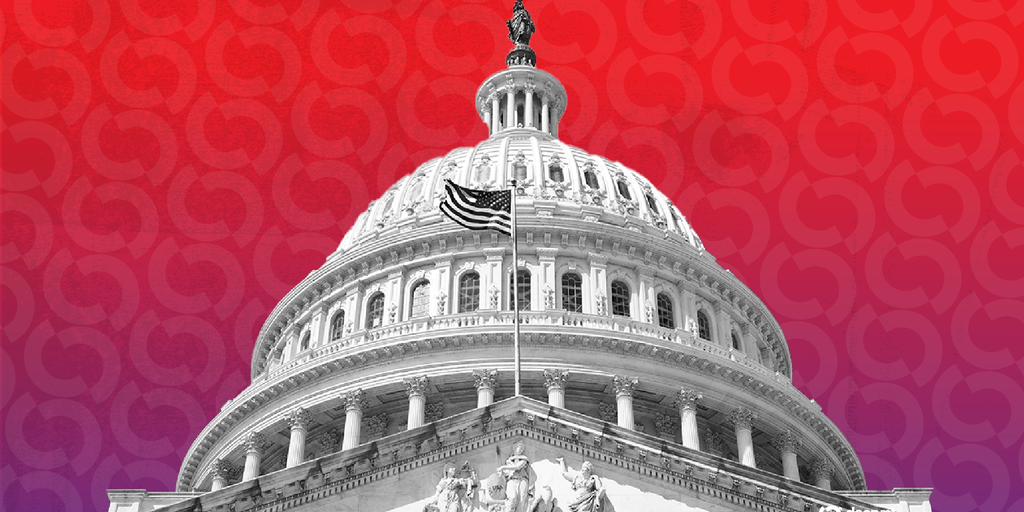The sun is scheduled to experience a reversal of its magnetic poles, an event that could lead to the occurrence of lower latitude northern lights, more intense solar storms and potential risks for astronauts and satellite communication. Despite this, experts believe there is no immediate cause for concern. Harvard-Smithsonian’s Center for Astrophysics explains that stars, planets, and even the Earth and the sun have magnetic fields. These fields are not stable and undergo cyclic switching during peak solar cycles. According to solar physicist Paul Charbonneau at the University of Montreal, the sun is currently displaying increased activity, which hasn’t been seen in around 20 years, as reported by Vox. While the Earth’s magnetic north pole switches infrequently to the south and vice versa, the sun’s magnetic poles switch consistently every 11 years, as stated by the United States Geological Survey. Thus, while the Earth’s last reversal occurred around 780,000 years ago, the sun’s last reversal took place in 2013. Scientists predict the next shift will occur at some point in 2024. Why do the sun’s poles flip?
The sun’s electric currents, generated by the circulation of hot, ionized gases, produce magnetic fields, as explained by NASA. This process is referred to as a “dynamo.” NASA describes how the dynamo “reorganizes itself” at the peak of each approximately decade-long solar cycle. Stanford solar physicist Phil Scherrer explained to NASA how the sun’s polar magnetic fields weaken, hit zero and then emerge again with the opposite polarity. This is a regular occurrence during the solar cycle.
Can magnetic pole reversal cause damage?
The sun’s magnetic pole reversals typically lead to more intense solar storms, which can cause disruption to satellites, communication systems, GPS in space, and may disable parts of the electrical grid, as stated by Earth Sky. NASA physicists James Green and Scott Boardsen detailed the historic occurrence of intense solar storms in the summer of 1859 in an article published in the journal Advances in Space Research. They referred to this as “The Carrington Event,” which is famously known as the “most notable space weather event in the last two hundred years.” During this event, northern lights were observed at lower latitudes than usual, with intense auroras being recorded below 50 degrees. These intense auroras were correlated with an increase in solar storms produced by the sun. The magnetic pole reversal also caused disruption to telegraph wires, rendering a significant portion of the world’s 200,000 km of telegraph lines temporarily unusable, as reported in Advances in Space Research.
What changes will 2024’s pole reversal bring?
While the Earth’s magnetic field deflects solar storms, solar weather could impact life as it did during the Carrington Event, according to aerospace engineering professor Delores Knipp of the University of Colorado Boulder. She explained that intense solar storms can open up Earth’s magnetic field, allowing more energy and mass to enter, resulting in various impacts, as reported by Vox. Astrophysicist Jose-Dias Do Nascimento stated that changes throughout a magnetic cycle have effects throughout the Solar System and other planetary systems due to the influence of space weather, according to Harvard’s astrophysics center. In the event of intense solar storms, electrical power on Earth can be interrupted and it can pose a danger to satellites and astronauts, as reported by the Smithsonian. Despite this, the National Solar Observatory assured that there is no need to panic, and the sun’s consistent polar flips are evidence that our star is functioning as scientists have predicted. Mike Murray, program director at the Delta College Planetarium, predicted that this year’s pole reversal, likely to occur between April and August, should not be a cause for concern.
The sun’s magnetic poles will flip in 2024. Here’s what that means














